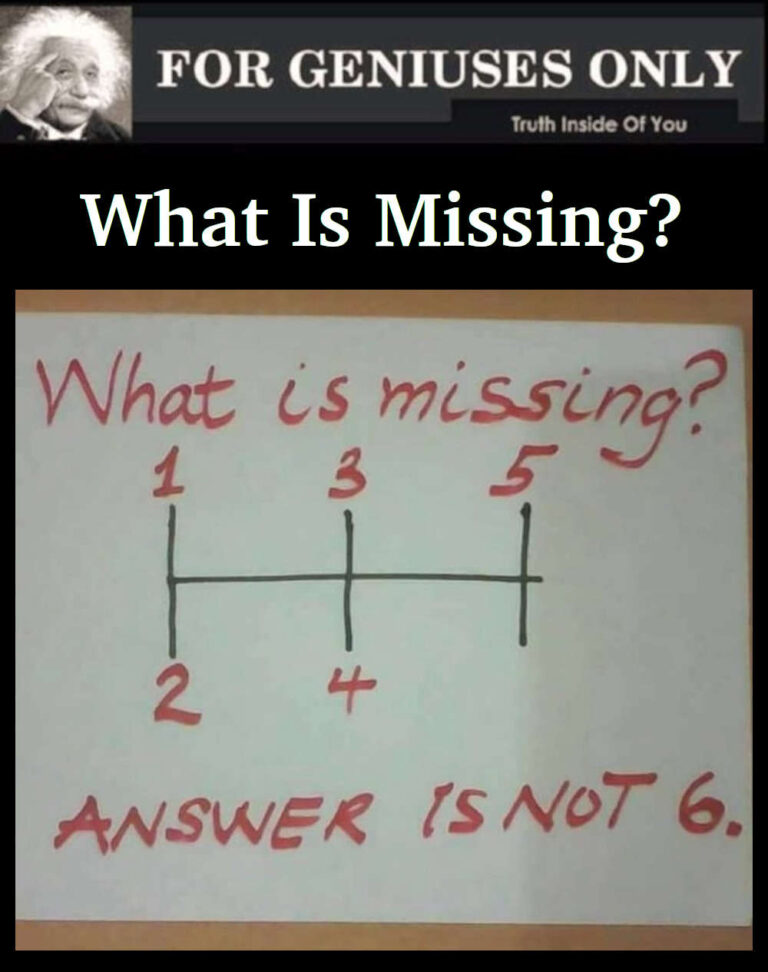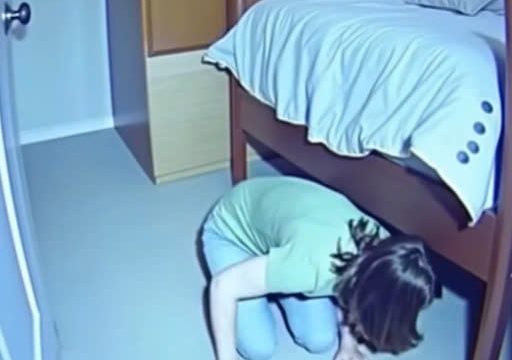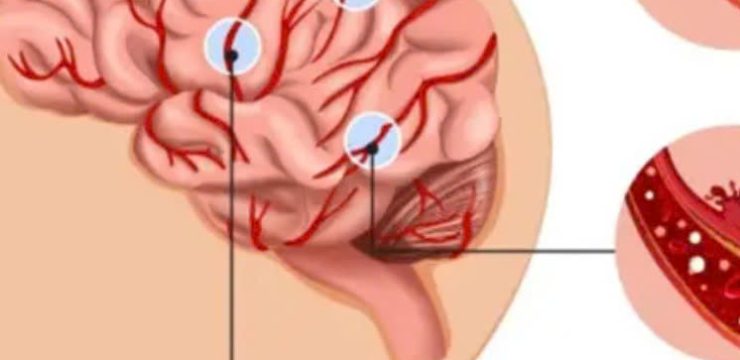Who doesn’t love a good riddle? Not only are they a fun way to pass the time, but solving riddles is also a fantastic way to give your brain a serious workout. When you engage with challenging puzzles, you’re not just having fun—you’re also boosting your cognitive abilities. Solving riddles can enhance skills like problem-solving, memory, concentration, and logical thinking. Plus, they encourage you to think outside the box, which can lead to more creative, lateral thinking. But the benefits don’t stop there.

Riddles are more than just a test of wits—they can actually have a positive impact on your emotional well-being. Cracking a tough puzzle can be incredibly satisfying, giving you a sense of accomplishment that boosts your confidence. And let’s face it, in our fast-paced world, taking a few moments to focus on a riddle can be a great way to reduce stress. It requires patience, and in solving it, you can experience a burst of joy that brightens your day. Whether you’re trying to unwind after a long day or simply want to keep your mind sharp, riddles are a great tool for mental and emotional stimulation.
Why Solving Riddles is Great for Your Brain
The benefits of solving riddles go far beyond the immediate satisfaction of finding the answer. Regularly challenging yourself with brain teasers can foster long-term cognitive growth. By engaging in puzzles, you’re exercising your brain much like you would a muscle. This type of mental workout strengthens your memory, improves your focus, and enhances your ability to solve complex problems. Riddles force you to think in new ways, encouraging innovative approaches to challenges. Over time, this can lead to better creative thinking and sharper analytical skills.
Moreover, solving riddles can be a great way to boost your mood. Studies have shown that engaging in mentally stimulating activities like solving puzzles can release endorphins, the “feel-good” hormones, which help reduce stress and anxiety. The patience and focus required can also teach you resilience, helping you to stay calm under pressure. Plus, the confidence boost you get from figuring out a tough riddle is a great way to start your day on a positive note.
Ready to Challenge Yourself? Try Solving This Riddle!
Now that you know how beneficial solving riddles can be for both your mind and your mood, it’s time to put those problem-solving skills to the test. Below is a riddle that will challenge your brain and keep you guessing. Are you ready? Here’s the riddle:
Riddle: What’s Missing?
(Imagine the puzzle graphic here.)
Did you figure it out? Don’t worry if you’re stumped; many people struggle with this one at first glance. Let’s break it down and see if we can find the solution together.
Solving the Riddle: Discovering the Missing Piece
If you’re staring at the puzzle and scratching your head, you’re not alone! The key to solving this riddle lies in recognizing a common pattern related to manual transmission cars. Let’s dive into the solution and reveal what’s missing.
Manual transmissions in cars typically follow a specific gear pattern that drivers use to shift gears. Here’s how it usually looks:
- R (Reverse)
- 1 (First gear)
- 2 (Second gear)
- 3 (Third gear)
- 4 (Fourth gear)
- 5 (Fifth gear)
When you look at the gear sequence, you’ll notice that each position is carefully aligned to make shifting gears smooth and efficient for the driver. In this puzzle, the key to solving it is identifying what part of the sequence is missing.
The Missing Element: The “R” for Reverse
So, what’s missing? The solution is simpler than you might think. The riddle plays on your ability to recognize patterns, specifically the arrangement of gears in a manual transmission. If you look at the sequence provided, the one crucial gear that’s missing is “R” for Reverse.
Reverse is essential in any manual car setup, allowing the vehicle to move backward. In the context of this riddle, the absence of the “R” is the subtle clue that trips up most people. Without the reverse gear, you’re stuck moving forward without any way to back up—a significant omission for any driver! By realizing that the missing piece is “R,” you’ve cracked the riddle.
The Takeaway: Riddles as Tools for Mental Growth
While solving this riddle may have been tricky, it’s a great example of how puzzles can challenge your brain and keep you sharp. The beauty of riddles is that they often require you to step back and think differently. It’s not just about knowing the answer but about how you approach finding it. Sometimes, the solution is right in front of you, but you need to shift your perspective to see it.
Regularly engaging with riddles and puzzles is a fantastic way to keep your mind active. It’s especially useful for those looking to improve their critical thinking skills and enhance their ability to see patterns in everyday life. Whether you’re a student trying to boost your problem-solving skills, a professional looking to sharpen your mind, or just someone who enjoys a good mental challenge, riddles are a great way to keep your brain in top shape.
Share the Fun: Challenge Your Friends and Family
Now that you’ve solved the riddle, why not share it with others? Send it to your friends and family and see if they can figure it out as quickly as you did. You might be surprised at how many people struggle with it, even though the answer seems obvious once you know it. Riddles like this are a great way to connect with others, spark engaging conversations, and maybe even enjoy a few laughs along the way.
So, the next time you’re looking for a way to pass the time or simply want to give your brain a bit of a workout, reach for a riddle. Not only will you be entertained, but you’ll also be doing something great for your mind and mood. And remember: sometimes, the best solutions are hidden in plain sight—you just need to change your perspective to find them.





